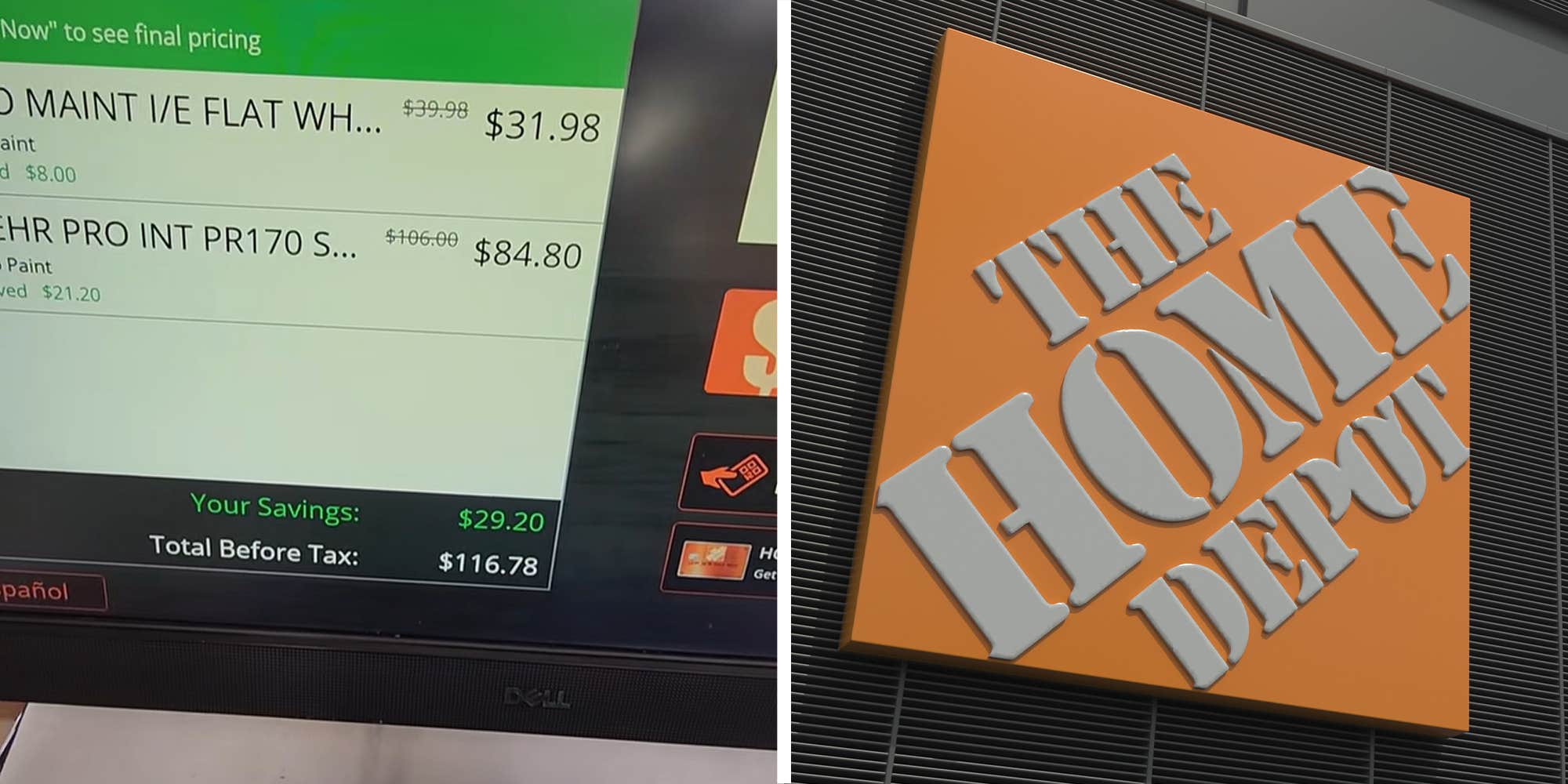STATE COLLEGE, Pa. — The steady stream of taillights in every direction outside Beaver Stadium were a reminder they weren’t going home anytime soon.
About an hour after running back Kaytron Allen celebrated Penn State’s game-clinching touchdown Saturday night, long after the pylons, down markers and goalpost pads were put away, the stadium divot walk began. Equipped with a mix of 80 percent sand and 20 percent peat plus grass seed— with the sand dyed green to try and camouflage it with the color of the grass — the Beaver Stadium grounds crew began searching for any imperfections on their field.
“There are a lot of eyes on this field,” said Chris Gawryla, Penn State athletics’ supervisor of grounds. “Between the fans in the stands and everybody on TV, however many million people watch it, they may not be looking at the grass, but if a player slips, they’ll take notice of it.”
This week, as the video clip of Nick Singleton de-cleating Illinois’ Gabe Jacas with a powerful chip block went viral, there was the pristine playing surface around him for all to see. Viewers likely aren’t looking closely at the finely manicured Kentucky bluegrass, but there’s a sense of pride in maintaining it nonetheless.
Pancakes, anyone? 🥞🥞🥞@NickSingletonn x @GetUpESPN pic.twitter.com/HjNsyY2meR
— Penn State Football (@PennStateFball) October 2, 2024
“We all enjoy a challenge, to be honest,” said George Peters, Penn State’s assistant athletic director for grounds operations and golf course. Peters grew up in State College and returned in 2018. He previously spent time working with the Pittsburgh Pirates and at Oklahoma State, where baseball and softball field maintenance was a new challenge.
“To have fans and onlookers go “Wow, I can’t believe they’re able to pull this off” is something our crew takes a lot of pride in,” Peters said.
If a player’s knee hits the grass hard it could leave behind a divot, which could lead to an uneven playing surface and potentially increase the risk of a turned ankle the following week. Any area that could be a concern gets flagged during the postgame divot walk. Saturday night, as midnight approached, they walked with their divot mix that was concocted a few days prior to the game to give the grass seed time to germinate before it was thrown on the field.
Getting the mix on the field with root already shooting out of it, as opposed to waiting until Sunday morning after a night game, helps speed up the process. There’s no sense in sitting in Beaver Stadium traffic with everyone else when every hour counts.
“There only so much you can do sometimes to grow grass,” said Peters. “There’s this hurry up and wait. There’s a reason why people use it as an analogy for something boring, right? You’re either watching paint dry or watching grass grow.”
It’s been anything but boring around here. This Saturday’s home game against UCLA marks the fourth consecutive game in Beaver Stadium in five weeks. After Saturday, Penn State won’t be home again until Nov. 2. It’ll be a welcomed reprieve for the grounds crew, even if parking lot lines will still need to be maintained and the field still tended to. Keep in mind, the football stadium is just one part of the grounds crew’s job. Overseeing all the varsity athletic fields plus the intramural fields and parking lots is their responsibility, too.
Getting through this stretch, which included much rain and little turnaround time, wasn’t easy. Dealing with four consecutive home games is not the norm, even though it also happened in 2021.
“It’s a challenge, don’t get me wrong,” Peters said. “But, it’s not overly intimidating because on staff we’ve got close to 100 years of combined experience on our crew so it’s not anything that our staff hasn’t seen before.”
Collectively, they know how to best get the snow out of the stadium and where to dump it (out in the RV lots). They’re well-versed in the tricks of the trade when it comes to root zone drainage and a good post-game debris sweep, too. Picking out fragments of pom poms that end up on the field or repairing grass that was trampled by 300-pounders in cleats is all in a day’s work. With each turn from the marching band and every muddied jersey they see, the job is never finished.
Free, daily sports updates direct to your inbox.
Free, daily sports updates direct to your inbox.
Sign Up
Gawryla oversees nine full-time groundskeepers and a mechanic. They all know the rhythm of the week, complete with spreading out 16 hours’ worth of painting between two people in the stadium and in the parking lots between Thursday and Friday. Setting up the home and visiting sideline with benches, fans and new shade structures this season is part of the gig, too.
With as much rain as there’s been, they also had to make sure the grass doesn’t get too tall under the tarp. Last week they had to push mow to make sure everything stayed as healthy and aesthetically pleasing as possible.
And when it doesn’t, there is a nursery across the street from the stadium, located near the RV lot, where the crew will use a plugger, much like how one would cut cups on a golf course. They’ll cut out any bad spots on the field and replace them. The grass at the nursery is kept on the same mowing and fertilizing schedule as the stadium.
When fans filed into the stadium last weekend for homecoming, many noticed that the throwback end zone designs weren’t on the field — and for good reason. With this many home games, there wasn’t enough time for the block letters in the end zone to grow out, get cut out and be painted with the throwback design. Ideally, there’d be a week buffer before the homecoming game and another week after to make it happen.
“Dark paint on grass is tough,” Peters said. “It’s usually gonna result in having to cut that out and re-sod and we try not to go down that route. We usually try to let the paint grow out, mow it out and hide it that way. … You’ll see it at other places where in Philadelphia for example, they’ll re-sod an end zone after they paint a Temple logo in it.”
Re-sodding is time-consuming and costly. As Penn State pushes to use the second-largest college football stadium in the country more than a handful of times per year, it does so knowing there’s only so much the playing surface can handle.
When the stadium was used last April to host a Luke Combs concert and later a beer expo, it did so knowing that the field would be re-sodded afterward. Re-sodding began in late May and several steps were taken in the following months to try and enhance and fortify the surface below the top layer of grass.
Although Beaver Stadium is in the midst of a multi-year, multi-phase renovation with a price tag that is not to exceed $700 million, the field still has the same drainage system construction from 1960, when the stadium was moved from northeast of Rec Hall and reassembled in the stadium’s current location across campus, Peters said.
While NFL venues are regularly used for concerts, there is a difference between how their fields are constructed and what Penn State has, Peters said. Penn State doesn’t have a new, sand-based field, but instead has native soil underneath the playing surface. It’s the equipment that is used to erect stages more than the stage itself that gives the grounds crew pause. Any protective flooring on grass for an extended period is going to kill it. The compaction that occurs deep in the soil from having the machinery parked on the field can cause significant issues.
“If you have a properly constructed field, modern construction, not the piecemeal scenario that we got, it makes those things a little bit easier to manage,” Peters said. “There’s nothing that I’ve seen professionally that that can’t be solved by, you know, ripping it out and resodding it. It’s not always the most fun thing in the world, but that’s the nice part about having a natural grass field is that it can grow back whether it’s by seed or by sod.”
Should Penn State end up with a home Playoff game this December, there’s no hesitation that the playing surface will be fine, Peters said. They’ve handled plenty of snow games before, including in 2020 when 1.5 feet of snow was dumped the week leading into a home game.
They’ve already thought through the worst-case scenario for the Playoff, which is dealing with a significant snowstorm. It would be all-hands-on-deck with the potential for the community to chip in and help shovel snow onto chutes to clear the stadium’s bowl seating. Figuring out where to dump all that snow after it’s out of the seats would potentially limit parking options for fans coming to a Playoff game. Penn State relies on several grass lots for tailgating and overnight RVs.
It’s a scenario that could never materialize, but there will need to be a plan just like there is for everything else.
“Figuring out how to park 25,000 cars in December is honestly harder than playing a game on the field,” Peters said.
Photo: Matthew O’Haren / Imagn Images










